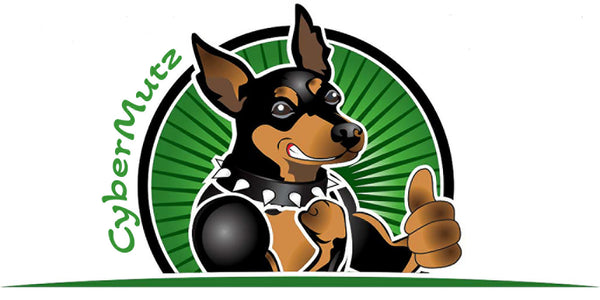
🐾 Managing Separation Anxiety in Dogs
Share
🐾 Managing Separation Anxiety in Dogs
Smart Strategies to Help Your Dog Feel Secure When Alone
Does your dog bark excessively, chew up your couch, or pace by the door every time you leave? These could be signs of separation anxiety, a common condition that affects many pups when they’re left alone—even for short periods.
The good news? With the right approach, you can ease their stress and help them feel more confident when you’re not around.
🐶 What Is Separation Anxiety?
Separation anxiety is more than just missing you—it’s a panic response. Dogs suffering from it may show behaviors like:
-
Destructive chewing or digging
-
Constant barking or howling
-
Accidents in the house (even if potty-trained)
-
Pacing, drooling, or trying to escape
-
Waiting anxiously by the door or window
It’s heartbreaking to witness, but completely manageable with patience and a plan.
🧠 1. Build Independence Slowly
Start by teaching your dog that being alone isn’t scary:
-
Leave the room for a few seconds, then return calmly.
-
Gradually increase the time you’re away.
-
Don’t make a big deal out of leaving or returning—it only heightens the drama.
These mini absences help your dog learn that you always come back.
🧸 2. Create a Safe, Comforting Space
Set up a cozy “den-like” area where your dog feels secure:
-
Use a crate (if crate-trained), or a quiet room with soft bedding and toys.
-
Play calming music or white noise.
-
Leave a piece of your worn clothing with your scent.
Consistency in location and setup helps them know what to expect.
🦴 3. Offer Long-Lasting Distractions
Keep your dog busy while you’re away with:
-
Food puzzles or treat-dispensing toys
-
Frozen KONGs filled with peanut butter or wet food
-
Chew-safe bones or dental chews
These positive distractions redirect their focus and make alone-time rewarding.
🧘♂️ 4. Practice Calm Departures & Returns
Avoid dramatic goodbyes or over-the-top reunions.
-
Say a simple “see you soon” and leave quietly.
-
When you return, wait a moment before greeting them calmly.
-
Reinforce calm behavior, not excited jumping or barking.
This helps reduce the emotional rollercoaster around your absence.
🐕 5. Physical and Mental Exercise Matter
A tired dog is a happy dog—and less likely to stress out:
-
Take a long walk or play fetch before leaving.
-
Incorporate sniff walks, training sessions, or enrichment activities.
-
Burn off excess energy so they can relax once you’re gone.
💊 6. When to Consider Professional Help
If your dog’s anxiety is severe or worsening, it might be time to:
-
Talk to your vet about possible calming aids or medications.
-
Consult a certified dog behaviorist or trainer for a custom plan.
-
Explore products like pheromone diffusers or calming vests.
Early intervention can prevent the problem from becoming a lifelong issue.
🐾 Final Thoughts
Separation anxiety doesn’t mean your dog is “bad”—it just means they love you a lot and haven’t learned how to be alone yet. With patience, consistency, and compassion, you can teach them that solo time is safe and even enjoyable.
